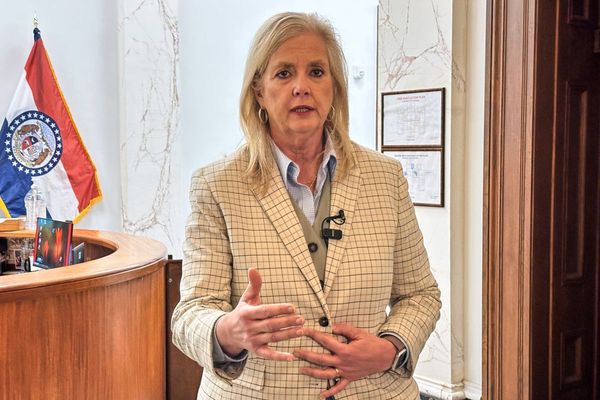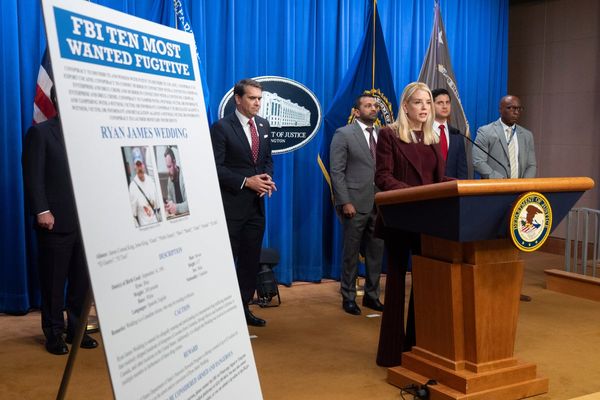In a world obsessed with speed and instant gratification, a quiet rebellion is taking place among travelers. The era of “slow travel” , a philosophy centered on taking time to truly experience a destination rather than rushing through, it is redefining how people explore the world. Gone are the days of checklist tourism; today’s travelers crave connection, authenticity, and the freedom to move at their own pace.
What Is Slow Travel?
Slow travel is less about the mode of transportation and more about the mindset. It’s a conscious decision to prioritize meaningful experiences over quantity — to savor local cuisine, engage with communities, and immerse oneself in the rhythm of a place. Instead of hopping between five cities in a week, a slow traveler might spend that time uncovering one destination’s hidden corners.
Roger, owner of SeekinPlaces, a travel company specializing in personalized itineraries, explains it perfectly:
“Slow travel is about rediscovering the joy of presence. When you stop rushing, you begin to notice the subtleties, the aroma of morning coffee in a local café, the laughter in a small-town market, or the silence of a countryside road at dusk.”
This philosophy resonates especially strongly with travelers seeking balance and restoration after years of pandemic-induced stress. It’s not just a travel trend, it’s a shift in lifestyle values.
The Role of the Open Road
While slow travel can take many forms from extended stays in rural villages to mindful backpacking, one of the most liberating ways to embrace it is through the open road. Driving yourself allows you to design your own rhythm, make spontaneous stops, and explore beyond the tourist trail.
Alexandr Caragheorghi, owner of 8rental, highlights the flexibility this offers:
“When you travel by road, you control the pace and the path. You can stop in a small mountain village for lunch or detour to see a hidden waterfall that’s something no package tour can offer.”
For many, renting or using a vehicle for travel isn’t about convenience alone; it’s about empowerment. It provides the ability to move fluidly between experiences from cultural immersion in bustling towns to solitude in natural landscapes all without being bound to timetables.
Sustainability and Conscious Travel
Ironically, slowing down often leads to a smaller environmental footprint. When travelers spend longer in fewer places, they contribute more meaningfully to local economies while reducing the carbon emissions tied to constant flights or high-speed transit.
Brian Davis, CEO ofAmazing Moves, believes slow travel aligns closely with the growing focus on sustainable lifestyles:
“Sustainability isn’t just about what we consume, it's about how we move. By traveling slower, staying longer, and supporting local infrastructure, travelers can create a positive ripple effect that benefits both the planet and the people.”
This perspective is shaping how travel companies design experiences. Many now offer “slow itineraries,” featuring farm stays, locally guided experiences, and small-scale accommodations that allow visitors to integrate with communities rather than pass through them.
The Mental Health Benefits
In an age of burnout and information overload, slow travel offers a rare chance to disconnect and rejuvenate. Travelers report lower stress, greater creativity, and a deeper sense of appreciation when they trade packed schedules for open-ended exploration.
According to Roger of SeekinPlaces, the shift is often profound:
“Many of our clients come back telling us they felt like they finally breathed again. They stopped chasing experiences and started living them.”
It’s not just leisure travelers embracing the idea even remote workers and digital nomads are adapting slow travel principles, choosing extended stays where they can blend productivity with cultural immersion.
A Smarter Way to Spend
Interestingly, slow travel isn’t only emotionally rewarding; it’s financially practical. Staying longer in one place can lead to savings on accommodation, transportation, and even food. Local rentals and long-term stays often cost significantly less than short hotel bookings.
Ben Mizes, president of Clever Offers, notes that the trend mirrors a shift in consumer spending behavior:
“People are realizing that travel doesn’t have to mean expensive or extravagant. It’s about maximizing value and the biggest value is time. By slowing down, travelers get more return on every dollar they spend.”
This perspective aligns with the growing popularity of minimalist travel, packing lighter, spending smarter, and focusing on what truly matters: experiences, not possessions.
Embracing the Journey, Not Just the Destination
The beauty of slow travel lies in the in-between moments the winding roads, the conversations with strangers, and the unplanned detours that become lasting memories. Whether it’s driving along coastal routes, exploring countryside trails, or simply walking through an unfamiliar neighborhood, the essence of travel returns to curiosity and wonder.
As Alexandr Caragheorghi of 8rental puts it,
“The best part of any journey isn’t always where you’re headed, it’s what you discover along the way.”
Final Thoughts
Slow travel isn’t about doing less, it’s about doing better. It’s a deliberate choice to connect deeply, travel responsibly, and appreciate the world in its raw, unhurried beauty.
From the entrepreneurs shaping travel experiences to the travelers embracing mindfulness on the move, one thing is clear: the future of travel isn’t faster it’s slower, more intentional, and infinitely more fulfilling.







